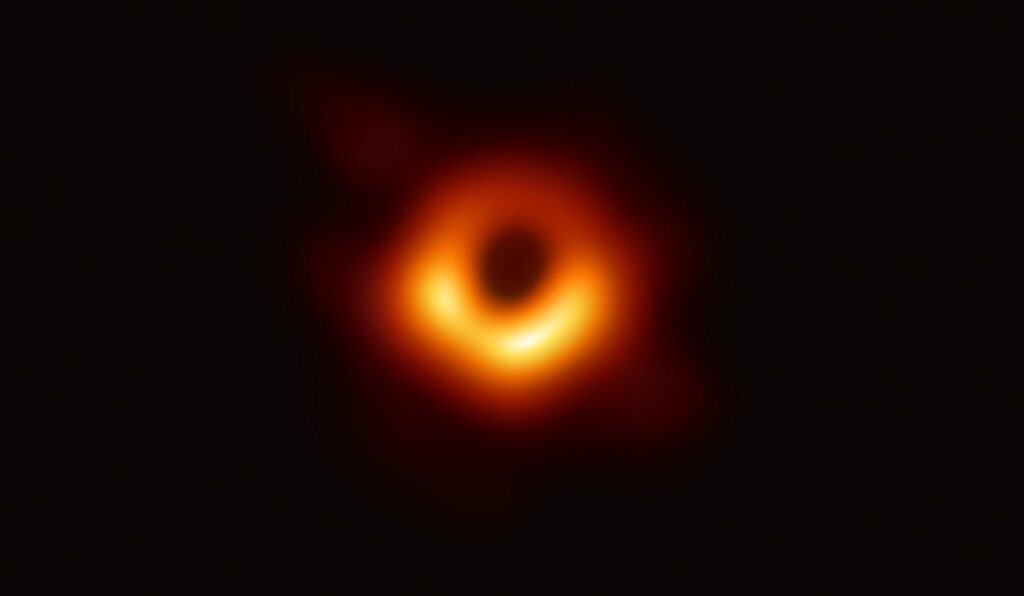A team of researchers from NASA has published an audio recording that allows us to hear the “song” of a supermassive black hole located in the center of the Perseus cluster. This giant, whose mass exceeds the solar one by 800 million times, is located at a distance of about 240 million light-years from Earth.
How to Hear a black hole
As we know, most of outer space is a vacuum, where there is no environment for the spread of sound waves. However, the situation changes if we are talking about massive clusters containing thousands of galaxies surrounded by huge clouds of gas heated to millions of degrees.
Back in 2003, astronomers discovered that a black hole in the center of the Perseus galaxy cluster produces ripples in the hot gas surrounding it. This ripple can be converted into a note that is about 57 octaves below the average “B” (or C).
In a recent study, a team of astronomers from NASA used recordings of black hole sound waves obtained by the Chandra telescope to convert them into a “song” that a human could hear. At first, scientists identified waves moving in the radial direction (i.e. from the black hole outwards). Astronomers then transformed them into the range of human hearing by scaling up 57 and 58 octaves above their true pitch. In other words, the published recording demonstrates sounds with a tone of 144 quadrillion and 288 quadrillion times higher than they actually sound.
Sounds of black hole in the galaxy M87
Researchers from NASA have created a similar “remix” for the black hole in the center of the galaxy M87. It was its shadow that was captured in the famous picture published in 2019.

The resulting record is based on data collected by three observatories: ALMA (radio range), Hubble (visible range) and Chandra (X-ray range). Radio waves were formed in the lowest tones, optical data — in the middle, X-rays — in the highest.
The video published by NASA also contains three visual blocks that allow identifying the “song” of the black hole with various parts of its giant jet. The data collected by the Chandra X-ray telescope is shown above, Hubble observations are shown in the center, ALMA radio telescope data is shown down. The brightest part of the image corresponds directly to the black hole, whose mass is 6.5 billion times greater than the solar one.
According to https://www.nasa.gov
Follow us on Twitter to get the most interesting space news in time
https://twitter.com/ust_magazine

